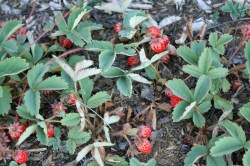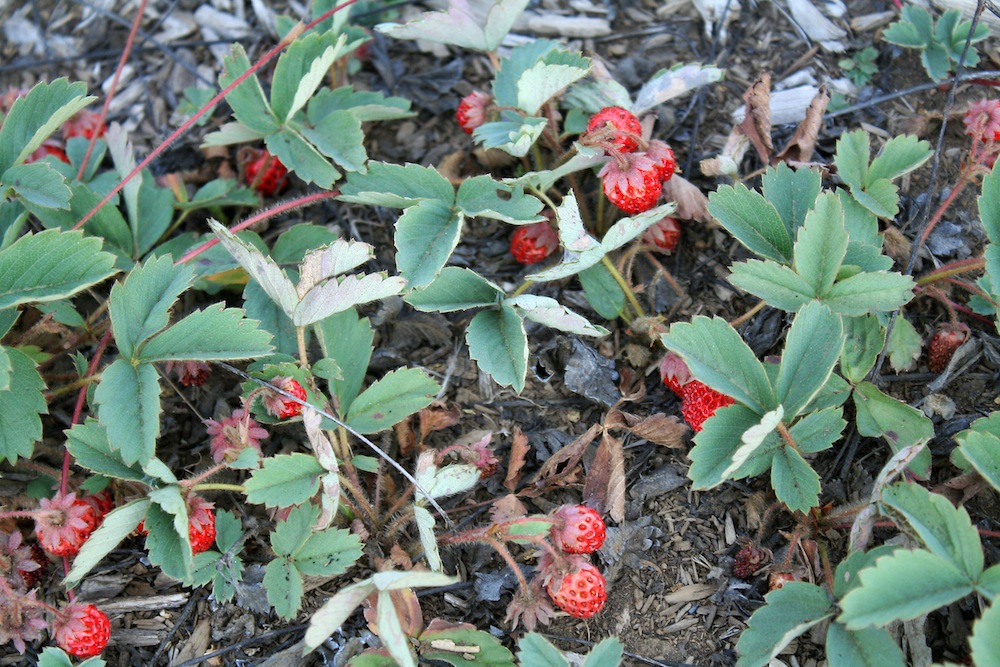
Kim Hummer / USDAThis wild species of strawberry was recently discovered growing in the Oregon Cascades. Researchers say it could be bred with other species to create new disease-resistant or delicious varieties.
Who needs weeds? In a climate-changed world, we all do.
Wild relatives of potatoes, peas, eggplants, and lentils, among many other crops, are often thought of as weeds, but they could help us produce healthier harvests even as we face water shortages and other climate-induced challenges.
Faced with climate change, plant breeders are increasingly turning to the genomes of the wild, weedy relatives of crops for traits such as drought tolerance and disease resistance. But a global analysis of 455 crop wild relatives has found that 54% are underrepresented in gene bank collections — and that many, including ones at risk of extinction, have never been collected.
The findings, released on 22 July by the International Center for Tropical Agriculture (CIAT), based near Palmira, Colombia, will guide the largest international initiative to date to conserve crop wild relatives. The effort, which is being spearheaded by the Global Crop Diversity Trust, based in Rome, in partnership with the Millennium Seed Bank of London’s Kew Gardens, is deemed urgent at a time when one in five plants faces extinction.
Plant breeders are keenly interested in securing the genetic diversity needed to breed new varieties that will withstand the droughts and elevated temperatures expected in the future as a result of climate change. Crop wild relatives are one of the most valuable genetic resources to improve crops, but they are threatened because of habitat loss as well as gene flow from domesticated plants through cross-pollination, says Paul Gepts, a plant breeder at the University of California, Davis.
Here’s one sweet example of how wild plants can help shore up food supplies: This newly discovered strawberry species, if crossed with other varieties, “may reveal new flavors or genetic disease resistance,” says Kim Hummer, a scientist with the USDA Agricultural Research Service.



